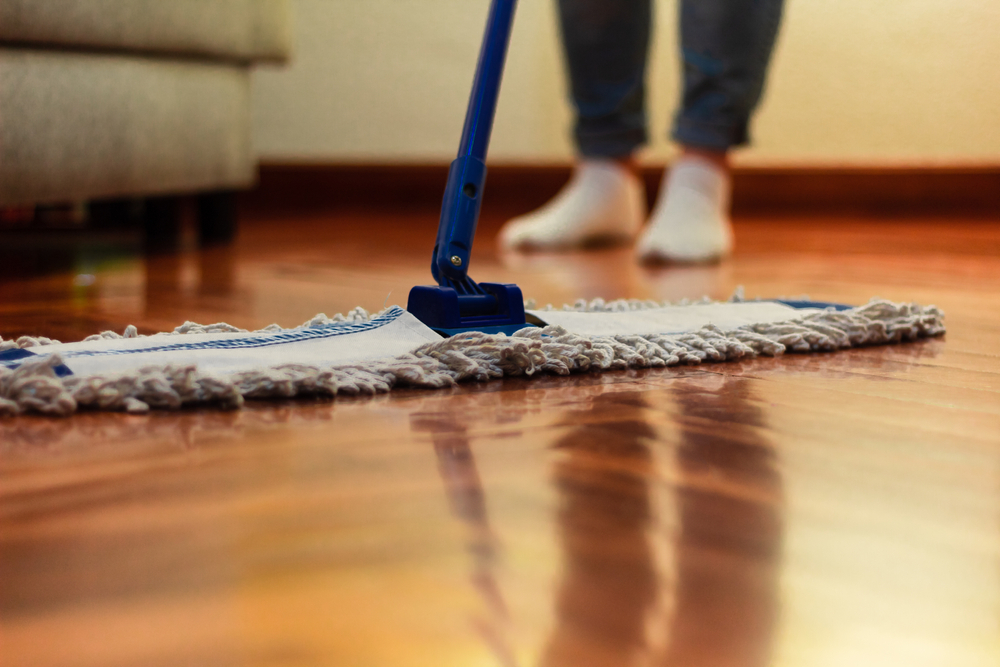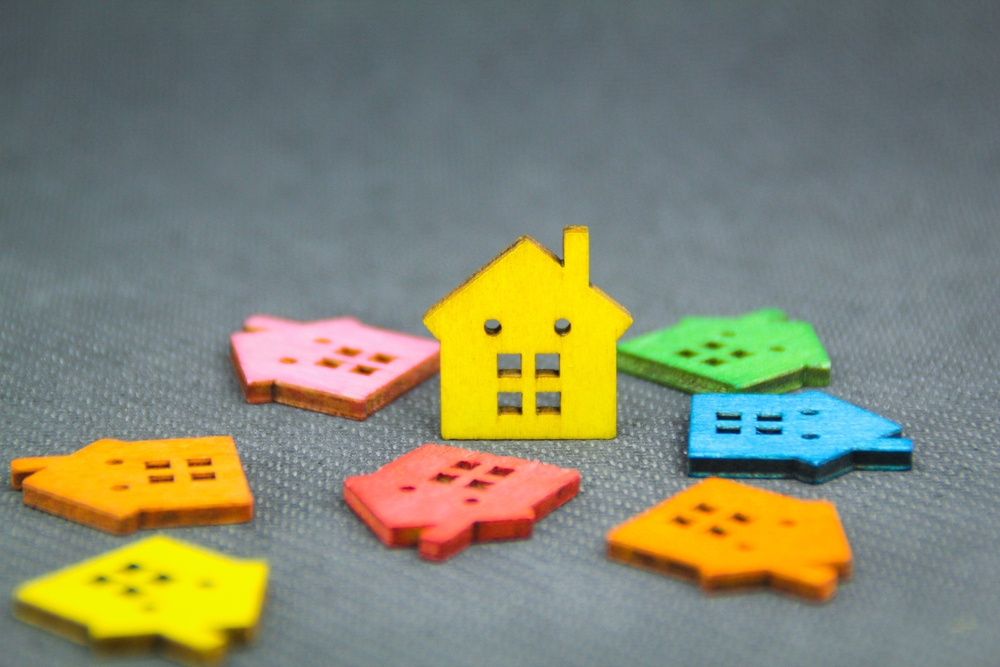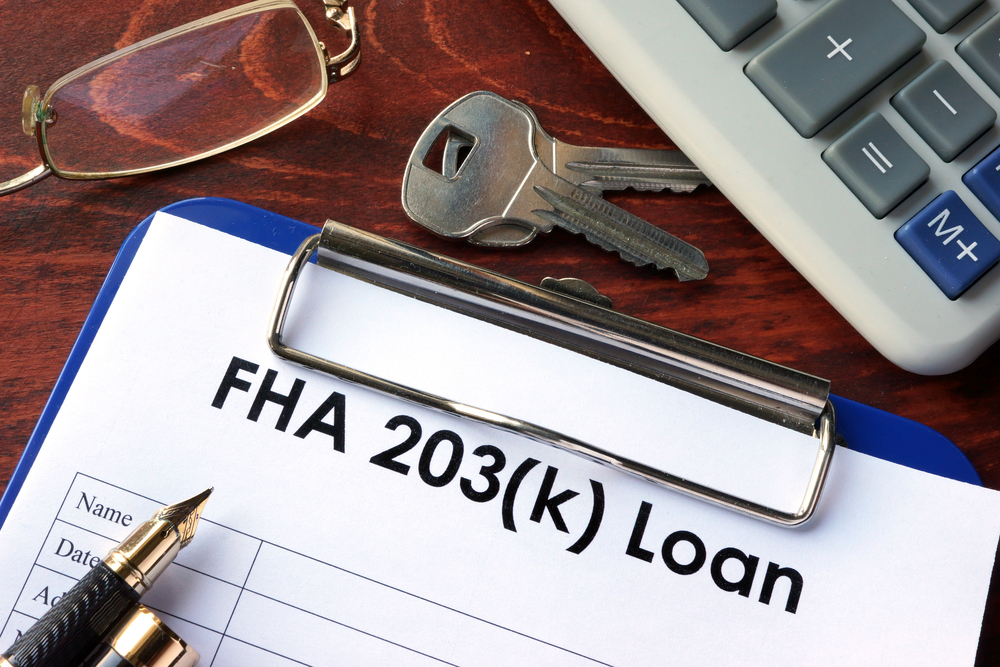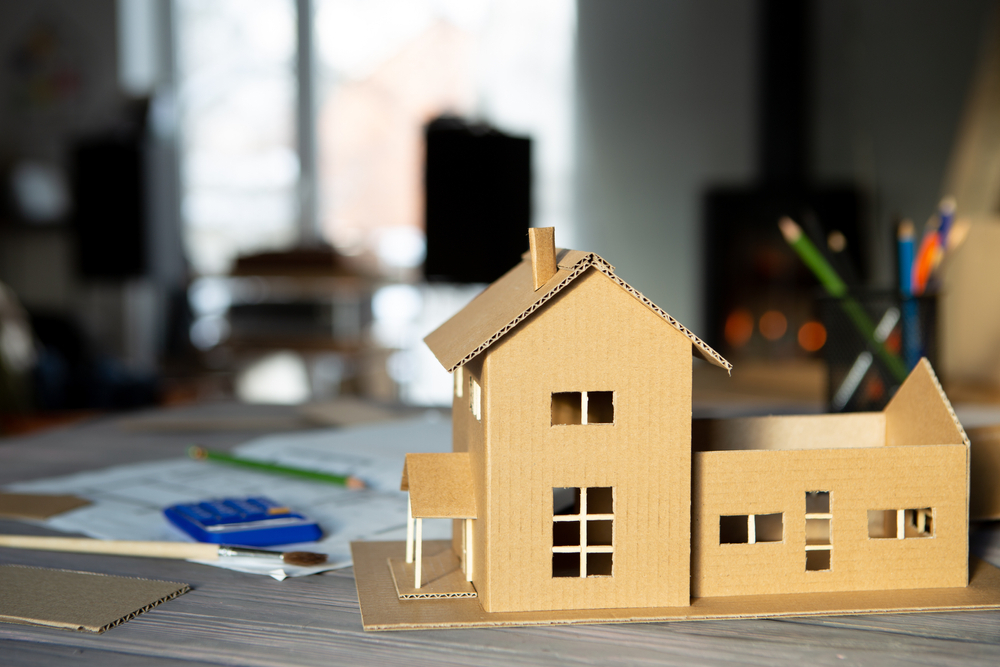5 Things to Know About Buying Multiple Rental Properties
If you’re looking to invest in rental properties, New York City is an excellent place to start. With its high demand for housing, the city offers great potential for rental property owners. But before you dive into the world of multiple rental properties, there are some things that you should know. Here are 5 tips to help you get started in the process of buying multiple rental properties in NYC. 1. Understand the Market: Before investing in any property, it’s important to understand the local real estate market and trends. This means researching areas where people want to rent and learning about current rents and prices for similar properties. The more informed you are about the market before investing, the better off you will be when it comes time to make decisions on your investments. 2. Get Financing: When purchasing multiple rental properties, it’s important to have financing options available so that you can purchase them as quickly as possible before someone else does. It may be beneficial to work with a lender who specializes in rental property financing so that they can provide tailored options for your needs. 3. Consider Property Management: Managing multiple rental properties can be a full-time job if done properly—and it’s not something that everyone has time for or wants to do on their own. Consider hiring a professional property management company who can handle everything from tenant screening and maintenance requests all the way through collecting rent payments and evictions if necessary. 4. Have an Exit Plan: Investing in multiple rental properties isn’t always a long-term commitment; sometimes investors use them as stepping stones toward larger goals such as building wealth or buying more expensive properties over time. So having an exit strategy is just as important as understanding entry costs when investing in multiple rental properties—if not more so! Make sure that your goals are clear from the beginning so that when it comes time to sell, you know what steps need to be taken along with associated costs such as taxes or fees associated with flipping a property quickly or holding onto one longer-term than initially planned for example. 5. Get Insurance: Having insurance coverage is essential when owning multiple rental properties because of how much is at stake financially and legally if something were to happen unexpectedly such as an injury sustained by tenants or damage caused by natural disasters like floods or fires for example! Ensure that your policy covers all of your bases including liability protection and consider adding additional coverage depending on where your investments are located geographically speaking (i.e hurricane protection). Conclusion Investing in multiple rental properties can be an exciting experience, but it also requires knowledge and dedication if done correctly! Do your research beforehand so that you understand the local real estate market and trends, have financing options lined up ahead of time, consider enlisting help from professionals such as property managers or insurance providers, and make sure that you have an exit plan should things not turn out exactly how you had hoped! With these tips – plus a little bit of luck – anyone considering investing in multiple rental properties should find success! Ready to take the next step in building your real estate portfolio and maximizing your investment potential? Our team at Cash Buyers NY is here to help. We specialize in helping investors like you acquire and manage multiple rental properties in the New York area. Whether you’re a seasoned investor or just getting started, our experts can provide valuable insights and assistance to make your real estate journey a success.
5 Things to Know About Buying Multiple Rental Properties Read More »











